

 STUART JORDAN looks at the use of this modernist architectural style.
STUART JORDAN looks at the use of this modernist architectural style.
Art Deco is a Modernist style which was applied to practically all kinds of design, including furniture, vehicles, everyday objects, and architecture. It is characterised by bold geometric forms. In the 1930s the style evolved into Streamline Moderne, which featured more curves and polished surfaces. In the UK the style was mostly used in London and the Southern area.
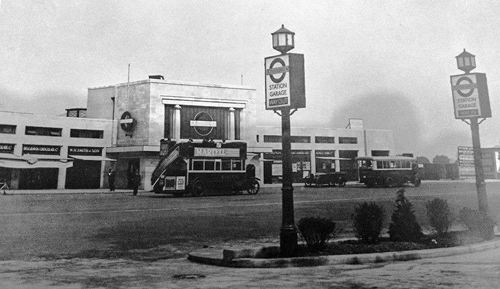
Morden Tube Station
The architect Charles Holden began working from London Transport in the 1920s. He was commissioned to design seven stations between Clapham Common and Morden. Holden designed them with double-height ticket halls, with Portland stone frontages around a glazed screen.
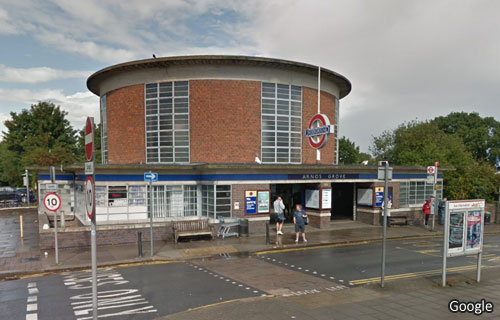
Arnos Grove Tube Station
In 1930 Holden toured Europe with Frank Pick, the general manager of the Underground Electric Railways Company of London to view the latest continental styles of architecture. On their return Holden designed two of the most distinctive stations on the Underground for the Piccadilly Line; Arnos Grove and Southgate. Arnos Grove, designed with Charles Hutton in 1932, features a tall circular ticket hall in brick rather than Portland Stone. Similar stations were built at Chiswick Park and Park Royal.
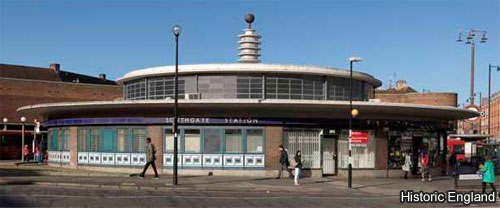
Southgate Tube Station
Southgate Tube Station was built in 1933 in the Streamline Moderne style. This single-story station has a distinctive raised middle section, with an illuminated tesla coil structure at the top.
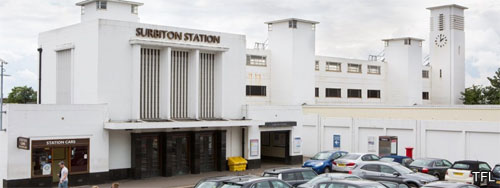
Surbiton Station
Elsewhere, James Robb Scott was bringing Art Deco to South London. In 1937 he designed Surbiton Railway Station for the Southern Railway. With its imposing, tall-windowed frontage, Surbiton is thought to be one of the finest surviving examples of an Art Deco railway station.
Although not as imposing, Richmond station was designed and built the same year, with a distinctive square clock on the front of the building. In 1938 Scott designed the station buildings on the Chessington branch, which were all built in a concrete Art Deco style.
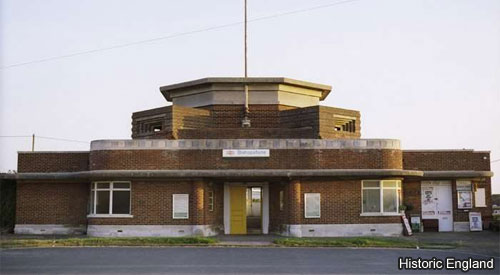
Bishopstone Station
Scott also designed Bishopstone station in East Sussex in 1938. The octagonal main building is flanked by two extended wings, like similar stations in London. In 1940, during the Second World War, two pillboxes were built on the roof of the main building. This due to the station's proximity to the sea. They were built symmetrically and of brick, so as not to ruin the aesthetic of the building.
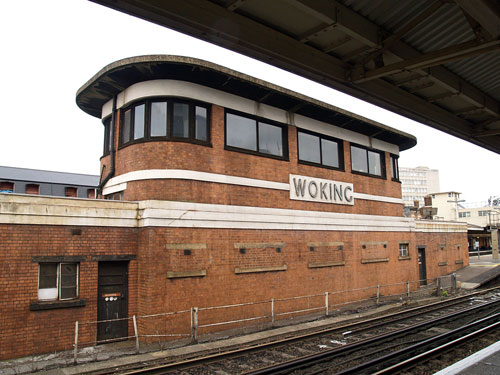
Woking Signal Box
During the inter-war period Southern Railways embraced the Streamline Moderne style. It was also known as Odeon Style, as the Odeon cinema chain used the style to give their buildings a distinctive look. One of the main ways that Southern used Streamline Moderne was on signal boxes. The Type 13 signal box was designed in this style, with a long ground floor building and oval operating room. Surviving boxes can be found at Wimbledon, Bognor Regis, Woking, Horsham, Arundel, Dorking, and Deal – although the box at Deal does not have the long ground floor.
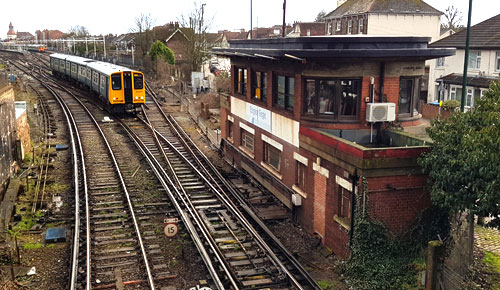
The Type 13 signal box at Bognor Regis. Don't let the BR-liveried Class 313 fool you - this photo was taken in 2018!
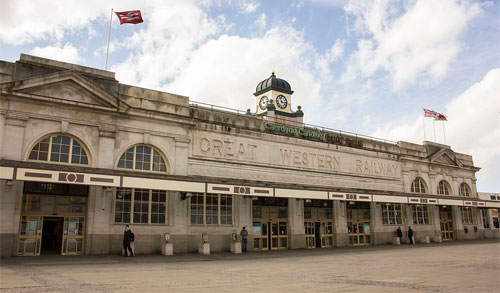
Cardiff Central Station
Cardiff Central Station is an example of Art Deco style outside of the south-east of England. Between 1932 to 1934 the Great Western Railway rebuilt the station in Portland stone, with a clock cupola on the roof. The words 'Great Western Railway' were carved onto the facade.
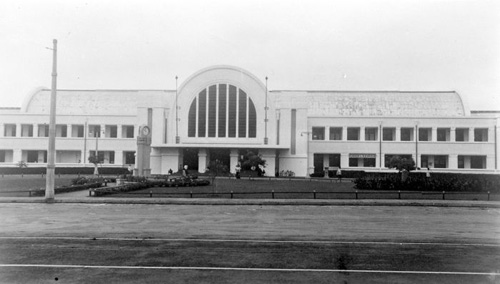
Jakarta Kota Station
Art Deco was one of the first international design styles. Examples of its use around the world include; Ankara Station (1937) in Turkey, which was built by German architects, Union Station (1939) in Los Angeles, Park Avenue Station (1931) in Montreal, Canada (which is no longer in use), Pori Station (1939) in Finland, and Jakarta Kota Station (1929) in Indonesia, which was built by the Dutch architect Frans Ghijsels in a mix of Art Deco and local styles.
Station buildings were not the only way that the Art Deco aesthetic was applied on the railways. The locomotives themselves were also designed in the style, many of which were streamlined high-speed engines.
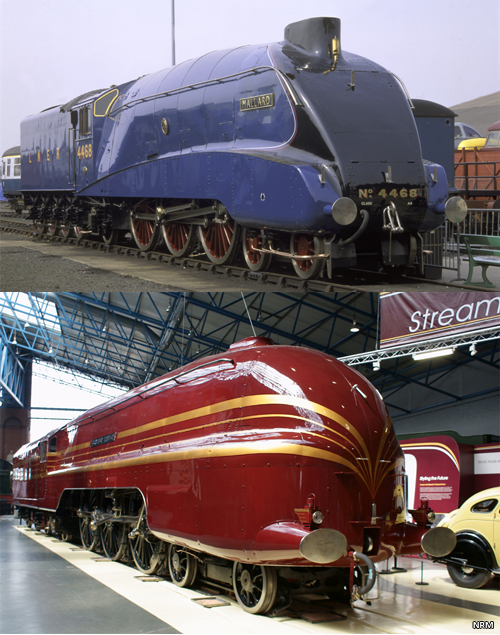
British examples - LNER A4 'Mallard', and LMS Princess Coronation Class 'Duchess of Hamilton'.
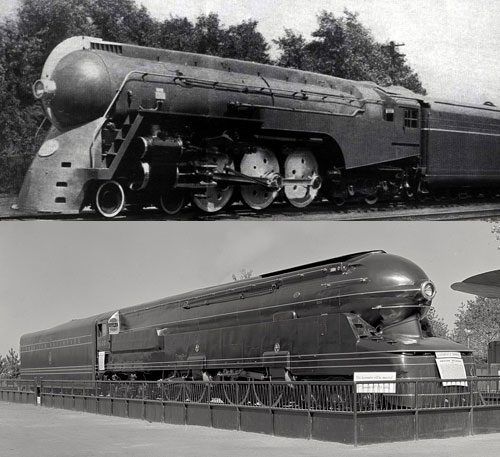
From America, the NYCRR Mercury and the PRR Class S1 locomotives.

The German streamlined DRG Class 05 Locomotive.
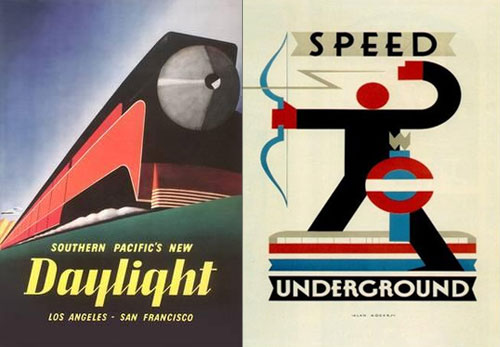
An American poster for the Southern Pacific Daylight Express, and a London Underground poster.
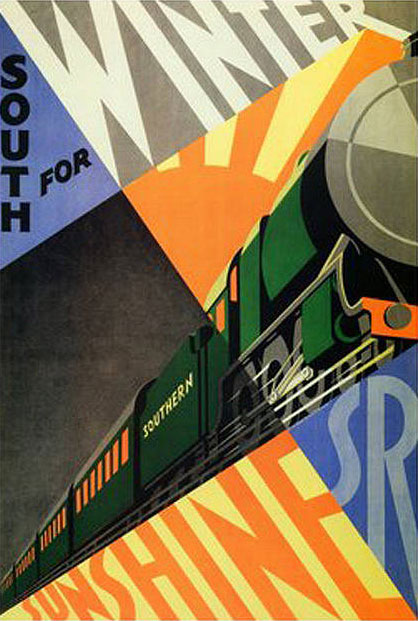
A glorious Southern Railways poster, extolling the benefits of the (dubious) winter sunshine on the South Coast of England.
Bachmann produce a range of Scenecraft Art Deco buildings in their Scenecraft range, including a Type 13 signal box.
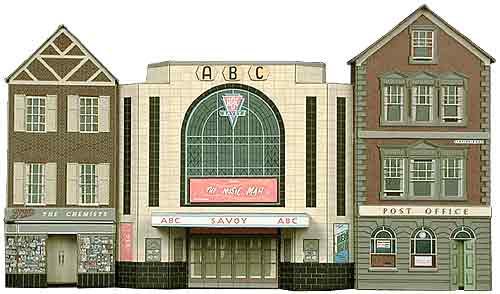
Superquick SQC2 Art Deco Cinema, Post Office, & Shop - Card Kit
Metcalfe also produce Art Deco-style cinema card kits in both OO Scale and N Scale.